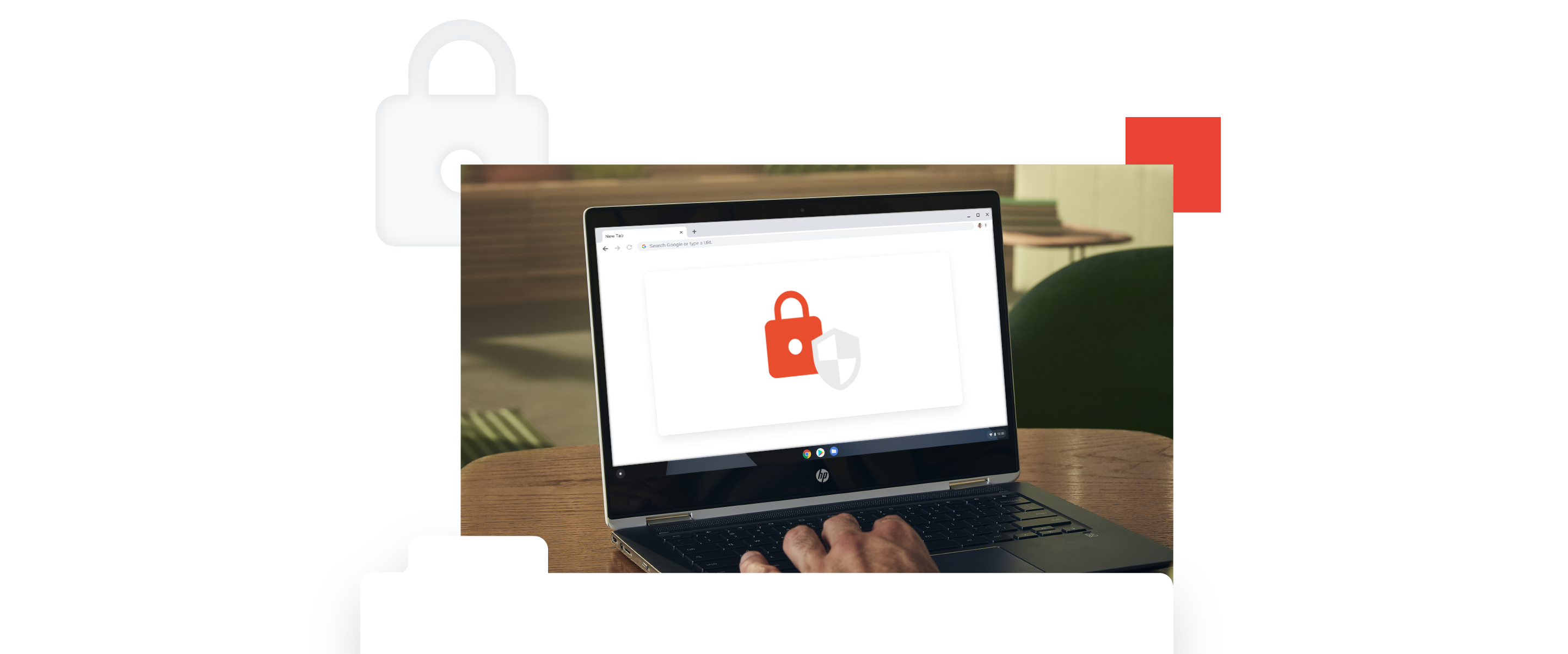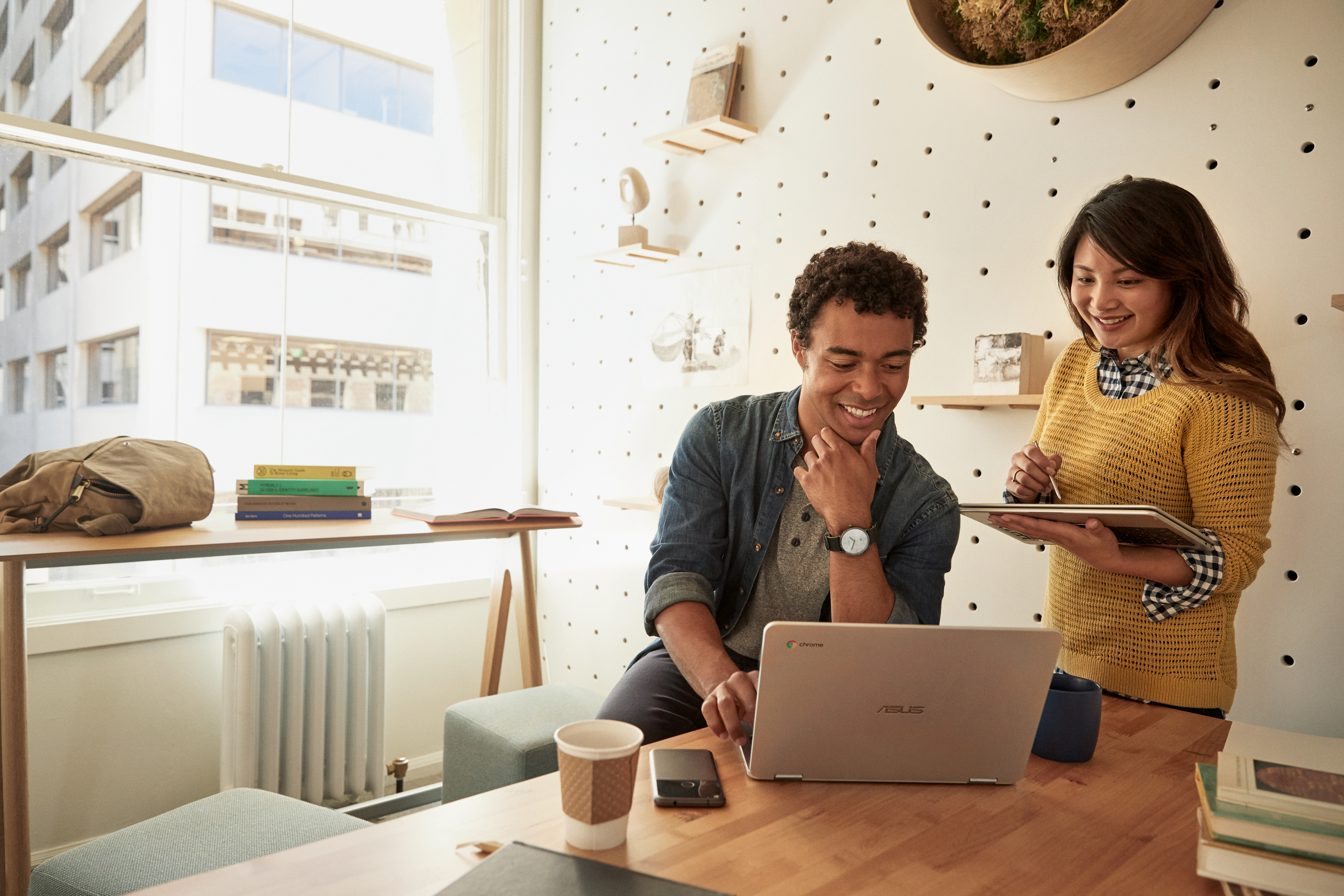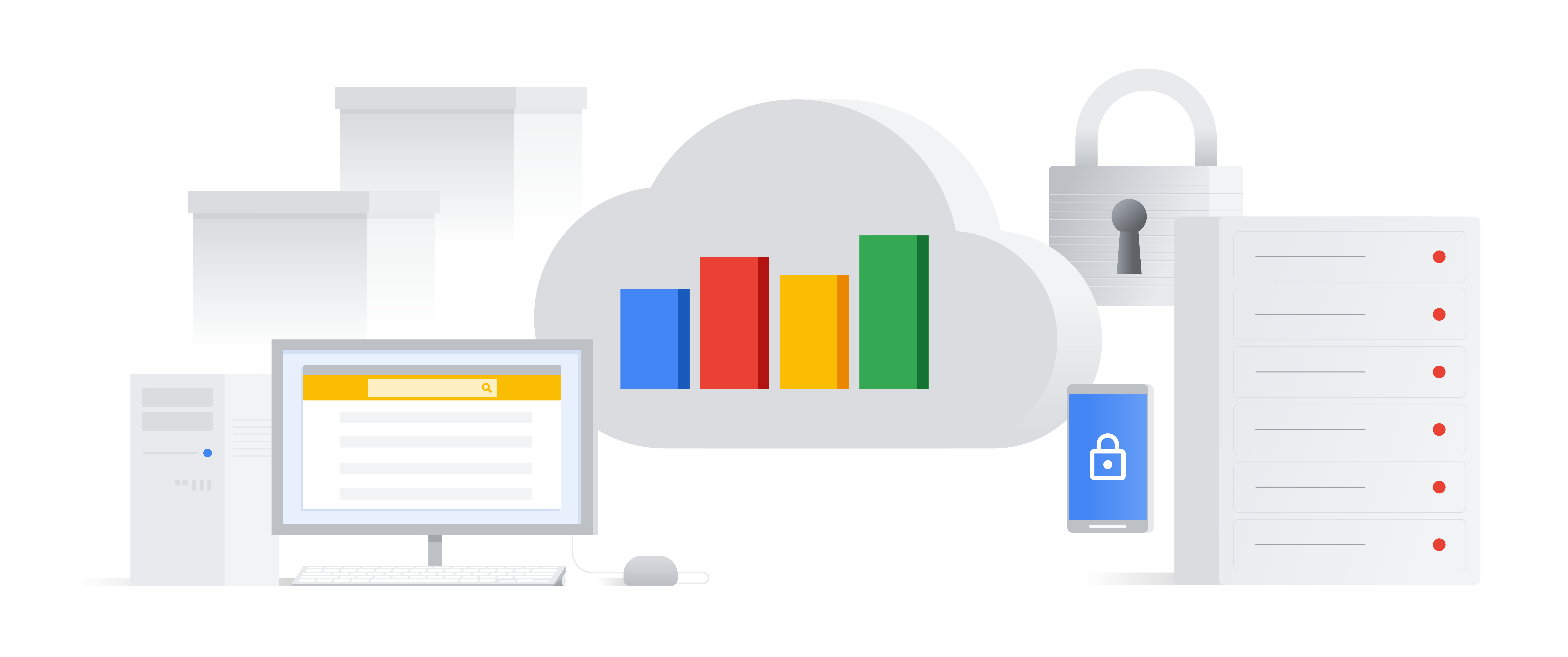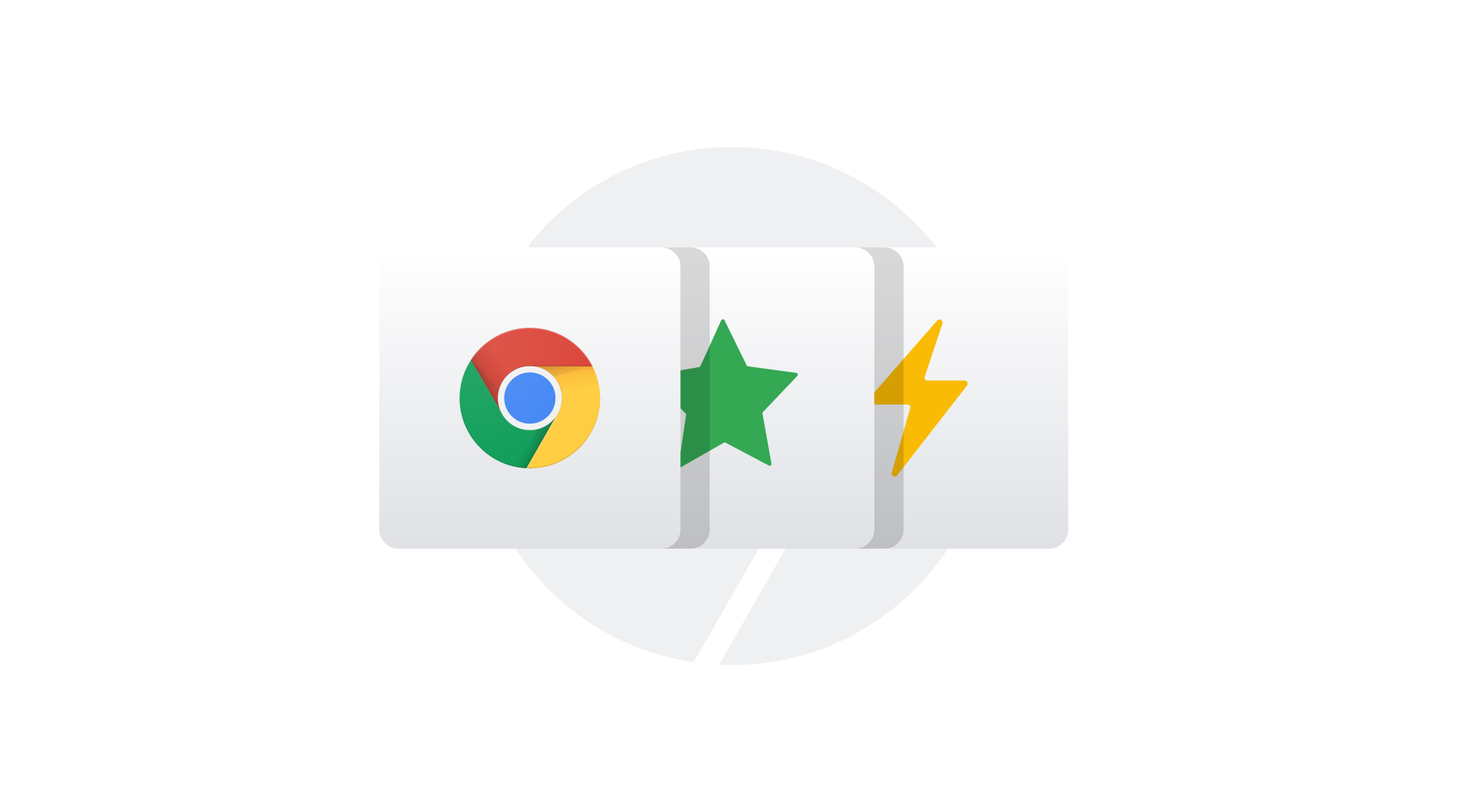Azavea’s socially-minded employees work collaboratively together using Chrome devices
When I founded Azavea in 2000, I dreamed of creating a great work environment focused on driving social impact by applying geospatial technology. We're a certified B Corporation, and our mission-driven work includes climate change, elections, public safety, transit, water infrastructure and natural resources. Inspired by my first job working for a local government agency in Japan, where cubicles don’t exist, I designed our workspace to have an open layout, long before it became popular in contemporary offices. Today, we rely on Google Apps, Chromebooks and Chromebox for meetings to support this collaborative environment and help us work closely together on our software and data analytics projects.
In the early years, when Azavea only had a handful of employees, we installed basic workplace software from a CD-ROM and had limited server space. When we outgrew our email system in 2008, we chose Gmail. Our employees quickly started using Google Calendar, Docs, Hangouts and Sheets because they integrate so closely with Gmail. These tools helped us work effectively together on projects, so it was a natural next step.
In 2012, our software developers started asking for supplementary computers to let them work from home, when traveling for client meetings or even in the office kitchen. We looked into tablets, but they were expensive and didn’t have fully functional keyboards. As longtime Google users, our Operations team investigated options from Google.
Chromebooks are fast, affordable, secure and remarkably powerful, so we started offering them as supplementary devices for people who wanted more mobility. Our colleagues can easily switch between their main workstations and portable Chromebooks, and the long-lasting battery makes them the perfect companion for frequent travelers, office roamers and remote employees. I typically travel for a week each month myself, so I use my Chromebook on long flights as well as meetings and conferences where there may not be convenient power. It typically lasts more than nine hours, while a laptop only lasts two or three.
The company now has more than fifty people, and when we moved to a new office a few months ago, we needed a videoconferencing solution for a dozen new meeting rooms, we once again turned to Google and picked Chromebox for meetings. Like the other Google products we use, Chromebox is affordable, easy to install and integrates with our existing workplace software, like Hangouts and Calendar. Anyone can quickly set up and join a meeting. As a small firm, this ease of use is critical for us — we don’t have a team of dedicated IT staff, so we don’t have capacity to constantly deal with technical difficulties or high-maintenance updates.
I wanted to start a company that felt like a community and made an impact. Over the past several years, Google has significantly enhanced our company’s operations because their products simply work and easily scale as the company has grown. Our teams are able to work effectively together, no matter where we are.






